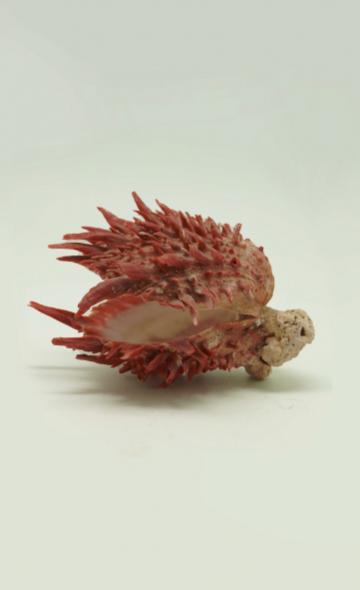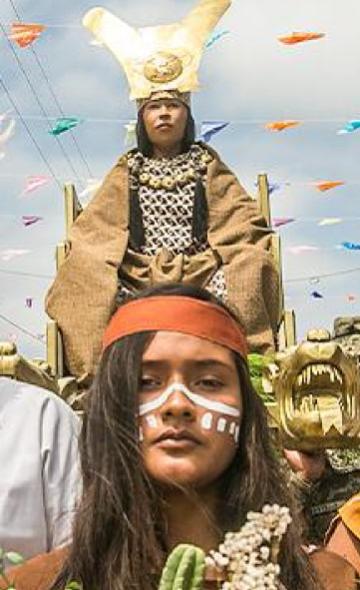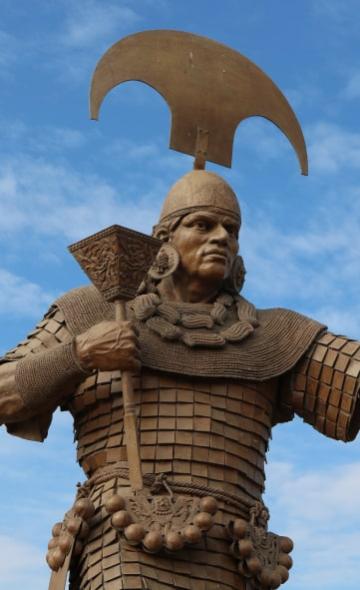- Visitors
- Researchers
- Students
- Community
- Information for the tourist
- Hours and fees
- How to get?
- Activities El Brujo
- Virtual tours
- Classic route
- Mystical route
- Specialized route
- Site museum
- Know the town
- Cultural Spaces
- Cao Museum
- Huaca Cao Viejo
- Huaca Prieta
- Huaca Cortada
- Ceremonial Well
- Walls
- Play at home
- Puzzle
- Trivia
- Memorize
- Crosswords
- Alphabet soup
- Crafts
- Pac-Man Moche
- Workshops and Inventory
- Micro-workshops
- Collections inventory
- News
- Students
- What is Spondylus? A symbol of fertility and abundance in pre-Hispanic times
News
CategoriesSelect the category you want to see:
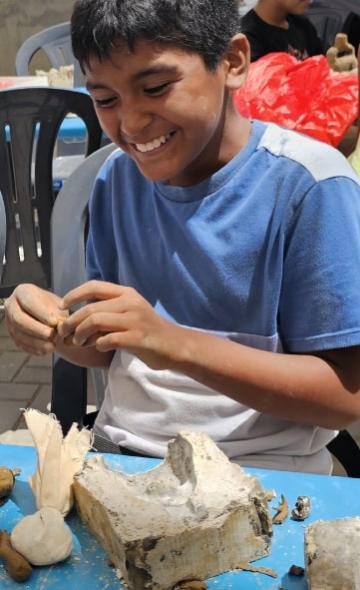
With enthusiasm, we concluded in March the summer workshops held free of charge at the facilities of the El Brujo Archae ...
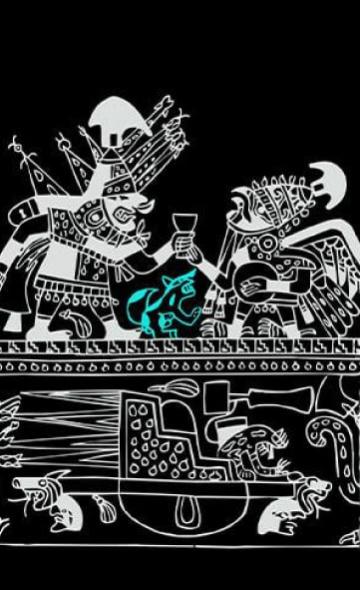
The Mochica society was a cultural group that settled mainly on the northern coast of Peru, in pre-Hispanic times. This ...
To receive new news.
The exchange of food, natural resources, special objects, among others, was driven by the wide diversity of ecological floors and ecosystems of the Andes. Thanks to this, the consumption of products of certain ethnic groups was guaranteed, with others generated in distant areas.
The exchange of exotic goods
The economy in the ancient Andes, like others throughout the world, was developed around products that allowed a varied consumption of subsistence products. However, there was also the production and circulation of objects prominent in social life. These objects enjoyed a special position in the exchanges, given that they came from very faraway areas (which is why they were considered to be rare) and over time had been assigned an exclusive meaning within the narratives of native power and authority.
The Spondylus and its value in the pre-Hispanic Andes
Located on the coastline of the Chicama Valley, the El Brujo Archaeological Complex houses various evidences of the continuous human occupation on the northern Andean coast more than 14,000 years before the present time. Among them, the presence of spondylus valves has been identified, which appear, mainly, as offerings in ceremonial contexts of Huaca Cao Viejo during the Mochica era (200-800 AD). In the central Andean region, in the preceramic sites of Caral and Los Gavilanes (north-central coast of Peru) are the earliest evidences of spondylus.
This mollusk from the warm waters of the Pacific Ocean is distributed from the Gulf of California in the north, to the Bay of Sechura (Piura, Peru) in the south. For its collection, one must dive between 6 and 30 meters deep. The valve of the spondylus was appreciated because it was believed that its presence stimulated the rains and regenerated the waters of the rivers, indispensable for agriculture in the Andes.
In conclusion, the Spondylus was a very important object in the economic exchanges of the ancient Andes. Its rarity and significance as a symbol of fertility and abundance made it a highly valued object in the social life of pre-Hispanic communities. Moreover, its collection was a very important activity for coastal communities, as it was believed that its presence stimulated rainfall and regenerated river waters, indispensable for agriculture in the Andes. If you want to gain more information about the exchange of exotic goods in the ancient Andes, we invite you to read our research article, here.
You may also be interested in:
1. Economic activities of ancient Peru: Basketry
2. Mochica culture: animals with which they interacted in pre-Hispanic times
3. Early pre-Hispanic fishing in the El Brujo Archaeological Complex
4. Food Plants Introduced in the Chicama Valley During the Viceroyalty of Peru
5. Indigenous territory and society in the sixteenth-century Chicama Valley
Students , outstanding news


